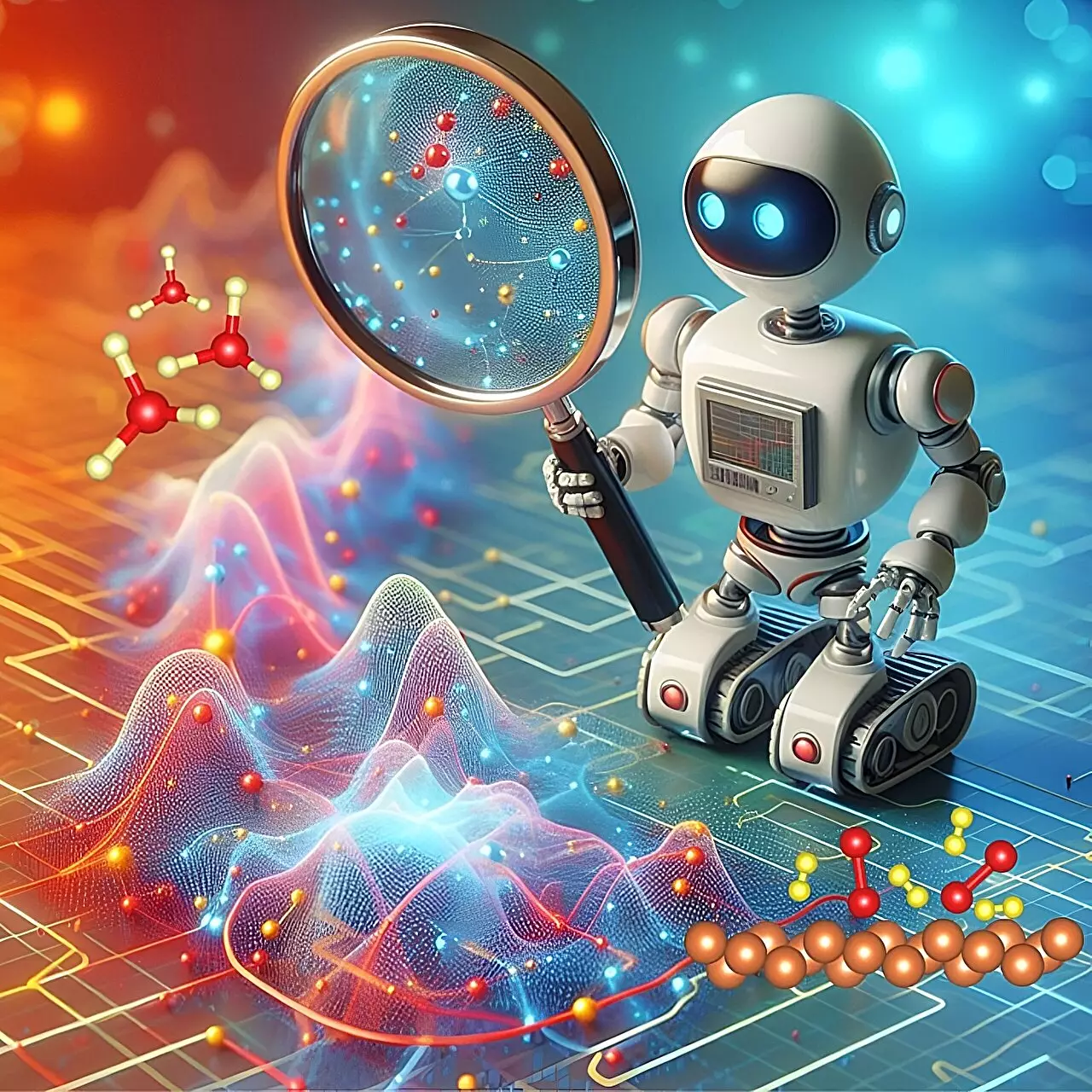The quest for efficient ammonia production has spanned over a century, driven by its crucial significance in agriculture and various industries. Despite the enormous amount of research and development in this area, the methods employed for synthesizing ammonia traditionally remain low-yielding and inefficient. The conventional process relies on reacting atmospheric nitrogen and hydrogen with the help of an iron catalyst, culminating in an impressive but inefficient annual global production of around 160 million tons of ammonia. The bulk of this production primarily serves the agricultural sector, functioning predominantly as nitrogen fertilizer. Additionally, ammonia is integral to numerous industries, including food and beverage refrigeration, and is a common household cleaning agent. However, as the demand for ammonia continues to grow, there is an urgent need for innovative solutions that can enhance both yield and efficiency.
Despite the significance of ammonia as a vital chemical compound, the process of its production has not seen substantial improvements over the years. The primary challenge lies in the inherent complexity of the chemical reactions that lead to ammonia synthesis. Traditional methodologies have struggled to navigate the numerous variables involved, resulting in both high costs and significant carbon dioxide emissions. Additionally, the current large-scale plants tend not to be energy-efficient, posing further obstacles in meeting environmental and economic demands.
Given these challenges, researchers have long sought methodologies to build greater understanding around the chemical reactions that govern ammonia production. However, breakthroughs have been elusive, amplifying the sense that new approaches are essential to address the growing global need for ammonia.
In a groundbreaking development, a research team led by Qi An at Iowa State University has tapped into the potential of artificial intelligence (AI) to tackle these longstanding difficulties faced in ammonia production. Their system, termed HDRL-FP (High-Throughput Deep Reinforcement Learning with First Principles), is designed to enhance researchers’ understanding of the chemical reactions integral to ammonia production. According to An and his colleagues, HDRL-FP holds the promise of optimizing these processes, ultimately driving down the costs associated with production while also minimizing carbon emissions.
What sets the HDRL-FP framework apart is its use of advanced machine learning techniques, particularly reinforcement learning. This mechanism emulates the process of training a dog by rewarding desirable actions, enabling the system to continuously learn from its adjustments and identify the most efficient and cost-effective reaction pathways. The applications of HDRL-FP extend far beyond ammonia, presenting opportunities for broader chemical research, thus positioning the system as an essential tool in the field of catalysis.
One of the most striking features of the HDRL-FP framework is its capability to sift through thousands of potential reaction pathways to identify the most promising avenues toward enhancing chemical reactions. By leveraging high-throughput strategies and powerful graphic processing units, the system can effectively navigate the noisy data associated with real-life chemical reactions, isolating viable reaction mechanisms.
An and his collaborators have also designed HDRL-FP to be broadly applicable across a variety of catalytic reactions. Their methodology begins with a foundational understanding of atoms and their energy landscape positions, allowing researchers to bypass the complexities of delineating specific reaction environments beforehand. This flexibility showcases the robustness of HDRL-FP by providing an effective platform for ongoing research.
Having worked on this project for about two years, the research team considers their current work as proof of concept for ammonia production. It allows for critical insights into the underlying reaction mechanisms involved, paving the way for further studies that could profoundly influence the industrial processes surrounding ammonia synthesis.
As the world confronts increasing demands for sustainable solutions, the integration of artificial intelligence within chemical research could serve as a transformative avenue, ushering in an era of enhanced efficiency and reduced environmental impact in ammonia production. As researchers continue to explore and refine AI applications in chemical processes, it is plausible that the future of ammonia production—and potentially many other chemical reactions—will undergo a significant transformation, paving the way for smarter, cleaner industrial practices.

